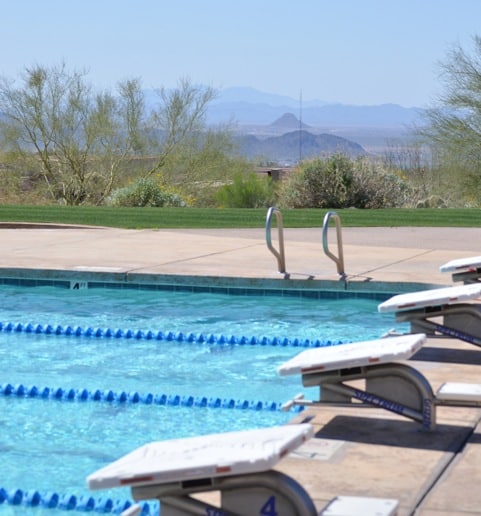[Editor’s note: Part 1 of Malindi’s four-part series on “How To Become A Faster Runner Through Cross Training” can be found here.]
By Malindi Elmore
Why do so many runners hate cross training? We are very goal-oriented and we revel in measurable data. We like to know how far and how fast we ran. Cross training puts us in a foreign situation where often the data is less quantifiable, and we do not have a reference point for our progress. This is why I strongly suggest having a purpose and goals for your non-running endurance training activities and not just approaching it in a haphazard way.
Let’s use swimming as an example because I believe that most runners should include some swimming in their program for many reasons:
- Huge aerobic benefit
- Great recovery tool
- Natural environment for humans
- Work different muscle groups
Many runners run the risk of injury from training volume and often compromise their aerobic development from not doing enough low intensity mileage. This is where swimming can be very beneficial as it allows more aerobic training without the impact on the joints, bones, muscles and tendons.
It feels good to be immersed in water, which also helps muscle recovery. Sore muscles from running often feel better after a swim versus another run and you get the chance to work some other muscle groups that are less active in running but are still important. Additionally, because of the support that water provides, it is possible to work “harder” in the pool than on the ground: both in terms of volume in a session and number of hard days in a row. Swimmers are able to do so much more volume and intensity than runners because they do not have gravity working against them on every stride and thus recover more quickly both during and following a workout session.
Similarly to running, it is good to establish a baseline which will provide you pace guidelines and allow you to set goals for improvement. This allows you to approach swimming with purpose and structure, because unlike running, a steady 30 to 40 minute swim session does not really bring you significant benefit. And, let’s be honest, most people quickly tire of the solid black line staring them in the face!
Interested in swimming but don’t know where to begin? Stay tuned next week for tips in Part 3 of my cross training series: “How To Do A Swim Workout.“
Malindi Elmore is a two-time Olympian and a 6-time National Champion and Stanford record-holder in the 800m and 1500m. Learn more about Malindi’s private coaching services here.

Leave A Comment